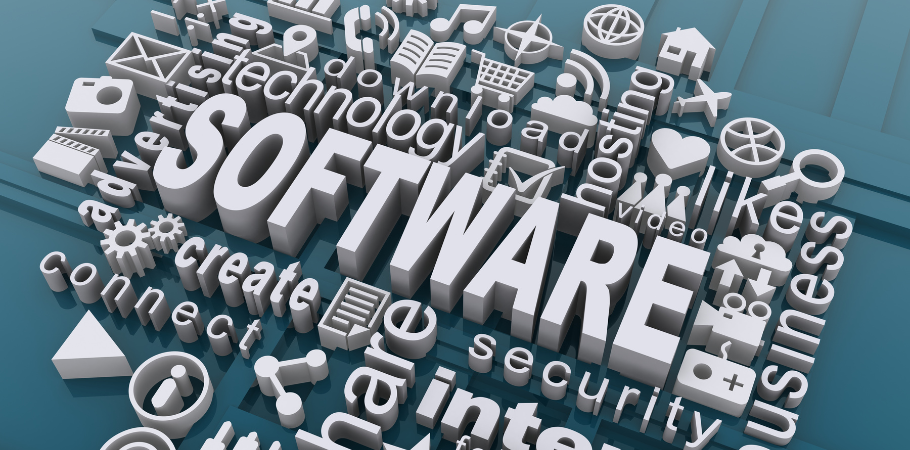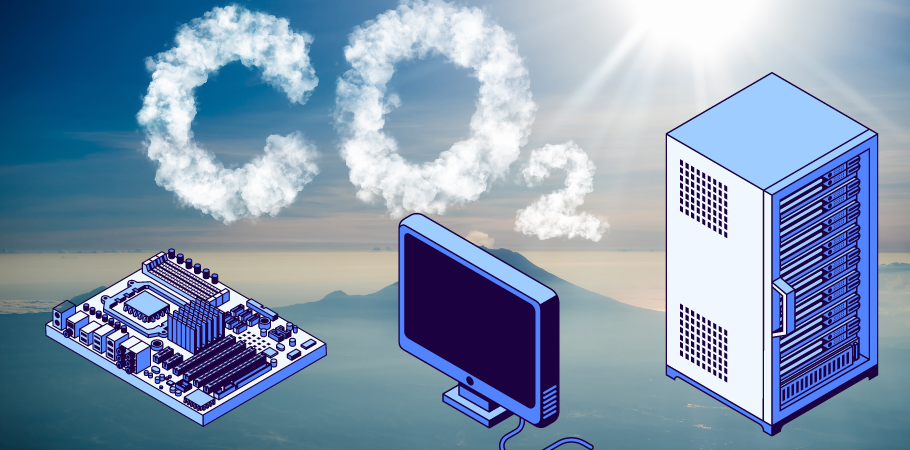
Decarbonization software is becoming more and more popular. These days, with growing market demand for sustainability reporting and increasing government regulations around carbon emissions, organizations need reliable tools to stay ahead of the curve.
Current Status of CO2 Emissions of Large Sites
In December 2023, representatives from nearly 200 countries gathered in Dubai for COP28, the U.N.’s climate-change conference, to discuss the urgent need to lower emissions. Meanwhile, COP28’s website produced 3.69 grams of carbon dioxide per page load. That appears to be a tiny amount. But if the site gets 10,000 views each month for a year, its emissions would be a little over that of a one-way flight from San Francisco to Toronto.
In fact, this was not inevitable. Based on Ecograder’s analysis, unused code, improperly sized images, and third-party scripts, among other things, affect the COP28 website’s emissions. These all factor into the energy used for data transfer, loading, and processing, consuming a lot of power on users’ devices. “Fixing and optimizing these things could chop a whopping 93% from the website’s per-page-load emissions.” Ecograder notes.

While software on its own doesn’t release any emissions, it runs on hardware in data centers and steers data through transmission networks, which account for about 1% of energy-related GHG emissions each. The information and communications technology sector as a whole is responsible for an estimated 2 to 4% of global greenhouse gas emissions. By 2040, that number could reach 14% — almost as much carbon as that emitted by air, land, and sea transport combined.
In recent years, decarbonization software engineering is a hot new field. It’s all about building software that uses less energy and reduces emissions. The “green software” movement is growing fast, with big companies like Salesforce joining in. Even tech giants like Google and Microsoft are on board. But to really make a difference, this eco-friendly approach to software development needs to become even more widespread. So what is it?
What is Decarbonization Software?
In an era where sustainability is a top priority, decarbonization software becomes critical technology for businesses to track and measure their carbon emissions. Measuring emissions is just the first step. Companies need to understand, manage, and actively cut their carbon footprint. This is true no matter if they aim for carbon neutrality or net zero.
Businesses prioritize decarbonization due to stricter regulations and proof that sustainability benefits them in the long run. Consumers and investors expect companies to be environmentally responsible and transparent.
In fact, decarbonization software is essential. This software tracks a business’s carbon footprint. It uses this data to help them make decisions that are good for the environment. Moreover, these decisions also help businesses meet what the market and regulations require.
Some Features of Decarbonization Software
Choosing the right software can be overwhelming. Here are the fundamental features to consider:
- Robust Carbon Emissions Tracking: Your software should provide complete emissions measurement covering every scope and category, giving you a reliable emissions baseline.
- Goal Setting and Monitoring: This feature enables you to set, oversee, and achieve your decarbonization targets, ensuring you’re always on course.
- Scenario Modeling: Software with scenario modeling allows you to tailor a decarbonization game plan to your company’s unique requirements and challenges.
- Cost Tracking and ROI Analysis: Decarbonization isn’t just about reducing carbon, but doing it efficiently. This feature helps evaluate the financial repercussions of various strategies, promoting cost-effective measures.
- Scalability: As with all enterprise solutions, your software must scale in tandem with your organization and its growing decarbonization objectives.
The Case for Decarbonization Software
Programmers should make software sustainable for a few reasons.
- Efficiency: Sustainable software is well-written, allowing programmers to build faster, higher-quality systems.
- Cost savings: Efficient software can also save companies money. There’s a misconception that sustainability costs extra, but it’s about doing things efficiently.
- Regulation: New laws are coming that require companies to track their environmental impact. Sustainable software helps meet those regulations.
- Climate change: Some programmers are motivated by the climate crisis and want to build software that has a lower impact. Programmers have a big influence on the environmental impact of what they create.
Building Greener Websites and Apps
COP28’s website could be more sustainable. Websites like Lowwwcarbon showcase examples of low-carbon websites. For instance, Tijgerbrood’s website emits very little carbon, less than 0.1 grams of carbon per page view.

Building sustainable websites requires a team effort with green practices throughout the development process.
First, programmers should think twice before building new software. Sustainability means asking if something truly needs to be built, not just focusing on making existing software efficient. Therefore, this might require a new way of thinking.
The design stage is all about choosing efficient algorithms and architectures. Besides, during the development stage, programmers need to focus on optimizing code.
Moreover, Tijgerbrood’s website optimized the company’s code by using low-resolution images and modern image formats, loading animations only when a user scrolls them into view, and removing unnecessary code. These techniques help speed up data transfer, loading, and processing on a user’s device. Also, the website uses minimal JavaScript.
“When a user loads a website with a lot of JavaScript, it causes them to use a lot more energy on their own device because their device is having to do all the work of reading the JavaScript and running it,” explains Smith.
When it comes to operations, one of the most impactful actions you can take is to select a sustainable Web hosting or cloud-computing provider.
In short, decarbonization software engineering is growing and evolving, but we need more awareness to help the discipline to become more widespread.
See more: The Difficulties of Decarbonization Companies in the World


